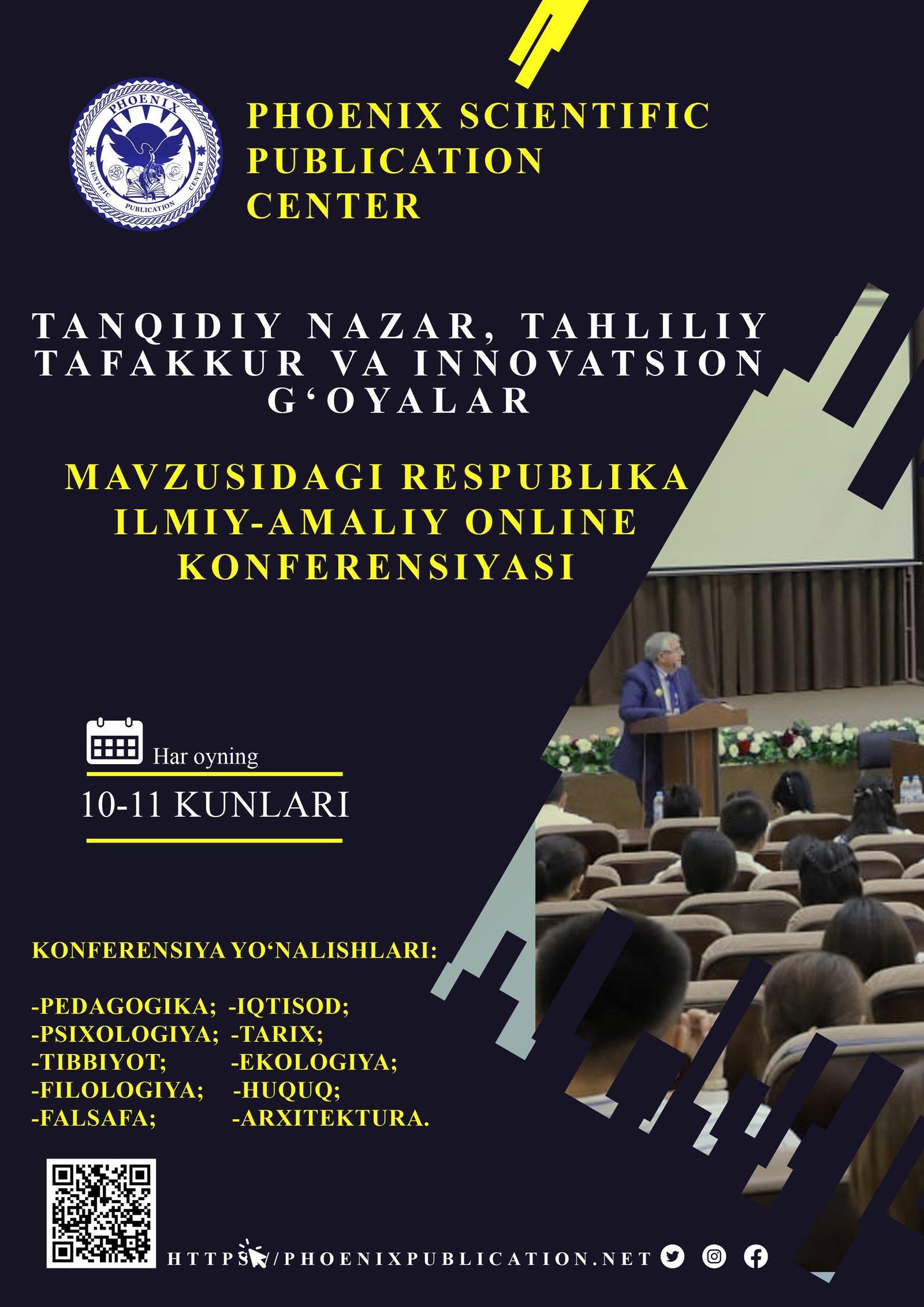Abstract
Currently, there are many methods for teaching foreign languages in schools. Each approach has its own characteristics—some are more popular and in demand, while others are used less frequently. This article explores the main teaching methods used to help students learn English.
In today’s world, the English language is extremely popular. It has become the global language of communication and is spoken and studied worldwide. At present, there is a wide variety of teaching methods available for English instruction. Moreover, new methods are constantly being developed, allowing teachers to choose the most suitable approach for their specific context.
One of the oldest approaches is the classical, or traditional, method. The main goal of this method is not just to study the language, but to understand the deeper principles and structure of how it works. The classical method primarily focuses on building a strong foundation in grammar. Many schools still prefer this approach. Its simplified model includes learning grammar rules, applying them in practice, and reinforcing knowledge through exercises. However, its main disadvantage is the lack of speaking practice. This shortcoming can be addressed by combining the classical method with modern communicative techniques.
References
1) Richards, J.C., & Rodgers, T.S. (2014). Approaches and Methods in Language Teaching (3rd ed.). Cambridge University Press.
2) A comprehensive guide to traditional and modern language teaching methodologies.
3) Brown, H.D. (2007). Principles of Language Learning and Teaching (5th ed.). Pearson Education.
4) Covers theoretical foundations of language acquisition and practical applications in teaching.
5) Nation, I.S.P., & Newton, J. (2009). Teaching ESL/EFL Listening and Speaking. Routledge.
6) Focuses on teaching listening and speaking skills in ESL/EFL contexts.
7) Harmer, J. (2015). The Practice of English Language Teaching (5th ed.). Pearson.
8) Practical advice and methodologies for English language teachers.
9) Willis, J. (1996). A Framework for Task-Based Learning. Longman.
10) An important resource on task-based language teaching.
11) Scrivener, J. (2010). Learning Teaching (3rd ed.). Macmillan Education.
12) Modern approaches to language teaching with many examples and tips.
13) https://www.teachingenglish.org.uk
14) A major resource platform offering lesson plans, articles, and online courses for English teachers.
15) https://www.cambridgeenglish.org/learning-english/teaching-english/
16) Offers educational materials including lesson plans, assessments, and teaching tips from Cambridge University.
18) A global organization providing research, articles, and professional development resources for English teachers.
19) Edutopia - Teaching Strategies
20) https://www.edutopia.org/topic/teaching-strategies
21) An educational website offering modern teaching strategies and case studies from various educational contexts.
